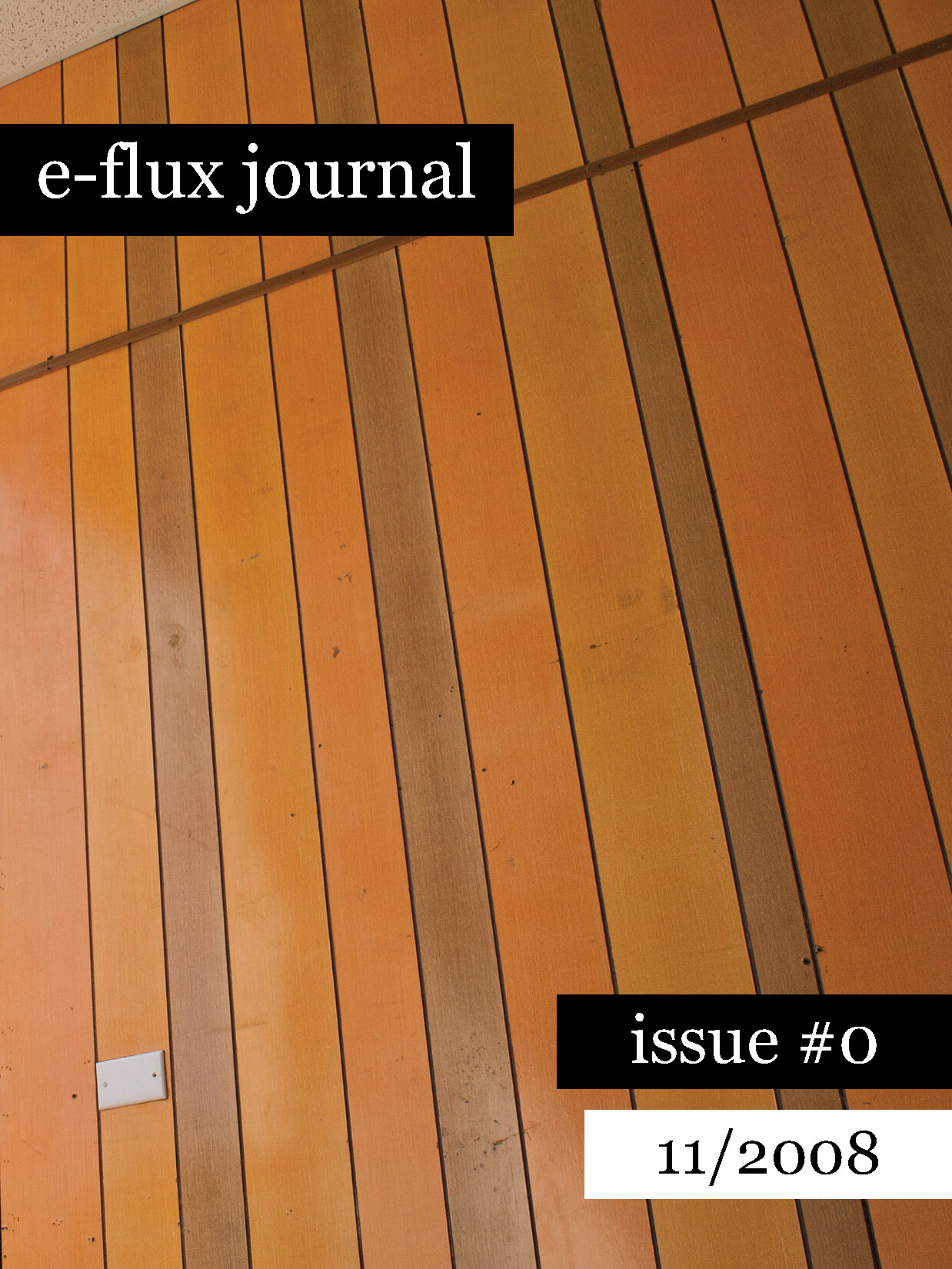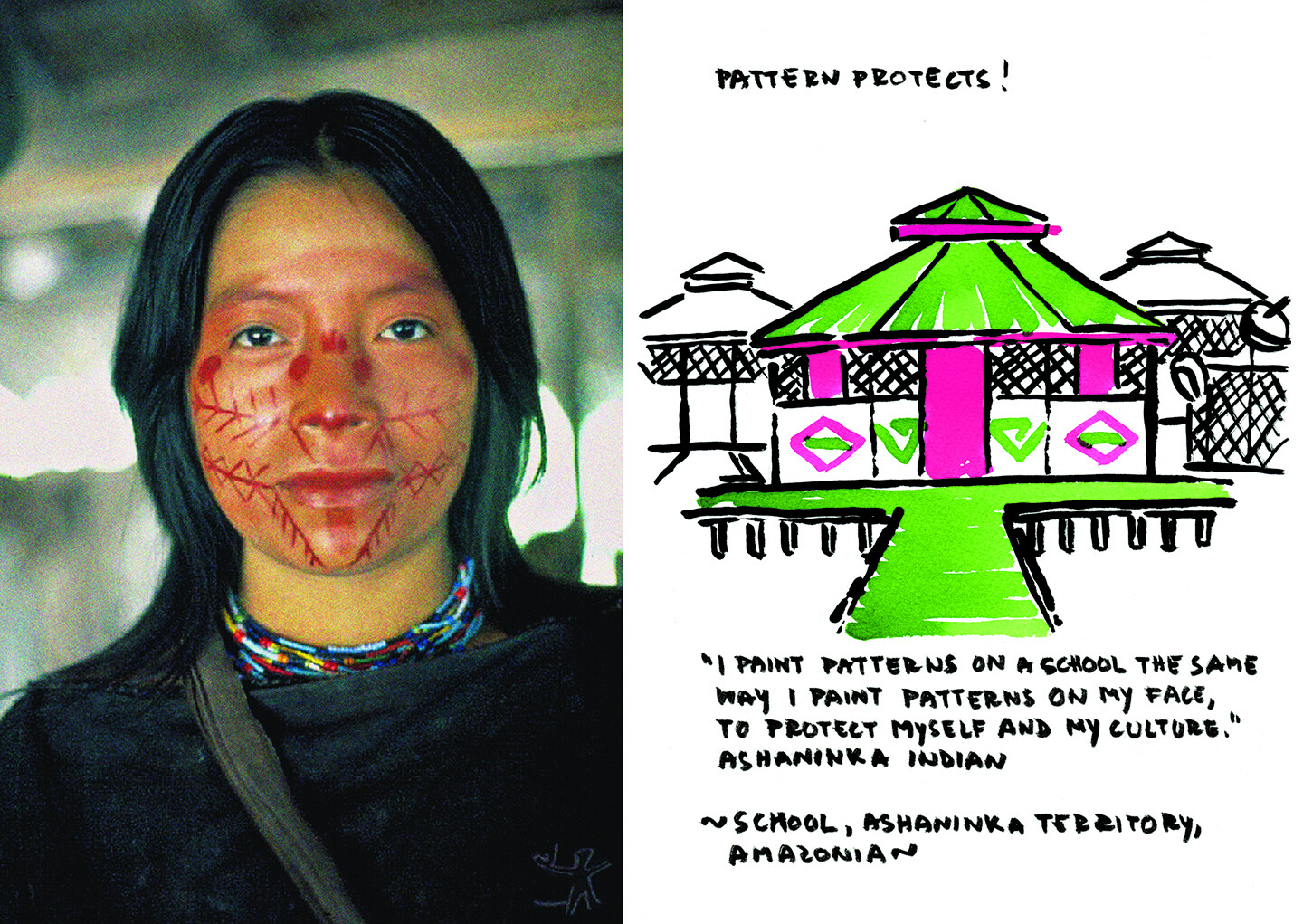TAKE A DEEP BREATH
by
Omer Fast
In the summer of 2002, Martin F. was standing outside a falafel
shop in Jerusalem when it exploded. A trained medic, he went in
and discovered the body of a young man on the floor. The young
man had lost both legs below the waist, as well as an arm, but
his eyes were open and focused. A few seconds passed while the
two looked at each other. Knowing it was probably in vain,
Martin F. decided to administer mouth-to-mouth resuscitation….
Issue #0
November 2008
With:
Omer Fast, Boris Groys, Bilal Khbeiz, Sebastjan Leban, Marjetica Potrč, Raqs Media Collective, Irit Rogoff
Historically, more than any single institution, art publications have been primary sites for discourse surrounding the artistic field. And yet most recently, the discourse has seemingly moved elsewhere—away from the formal vocabulary used to explain art production, away from traditional art capitals, and away from the printed page. At times, new discursive practices even replace traditional forms of art production. Given the current climate of disciplinary reconfiguration and geographic…
View List
View Grid
8 Essays
November 2008
Design, as we know it today, is a twentieth-century phenomenon. Admittedly, concern for the appearance of things is not new. All cultures have been concerned with making clothes, everyday objects, interiors of various spaces, whether sacred spaces, spaces of power, or private spaces, “beautiful and impressive.”
The history of the applied arts is indeed long. Yet modern design emerged precisely from the revolt against the tradition of the applied arts. Even more so than the transition…
As will be obvious to the reader, the writer of this portrait for the city of Los Angeles is a stranger, a recent addition to this city. The many ideas and remarks which follow, notwithstanding their accuracy, should be regarded first as the nodes along a line of thinking particular to newcomers, one which is best described as an education in anger which besets newcomers persistently hailed by the new city with the question: who are you?
Crawford Macpherson notes that the rights of…
If we pause for a moment to examine strategies of the contemporary market economy, we discover that in a large variety of social fields a common pattern applies, namely the production of profit and passivity. Due to its expansionist logic, capital is constantly forced to upgrade and change its strategies in order to hypercommodify discourse. Neoliberal logic has further employed the market to transform goods from commodity to hypercommodity, rendering useless goods irreplaceable in our daily…
The Croa River community consists of approximately four hundred families spread out across eighty thousand hectares of Amazonian forest. They aspire to see the land they inhabit become an extraction reserve, and in fact, it is in the process of becoming precisely this: one of the new territories in Acre. As such, it is a good example of the current trend toward territorialization in the Brazilian state. It is also a good example of what territories stand for: self-organization, sustainable…
To be legible is to be readable. To be legible is to be an entry in a ledger—one with a name, place, origin, time, entry, exit, purpose, and perhaps a number. To be legible is to be coded and contained. Often, when asked an uncomfortable question, or faced with an unsettling reality, the rattled respondent ducks and dives with a stammer, a mumble, a sweat, a scrawl, or a nervous tic. The respondent may not be lying, but neither may he be interested in offering a captive legible truth either…
We have recently heard much about the “educational turn in curating” among several other “educational turns” affecting cultural practices around us. 1 Having participated in several of the projects emerging from this perceived “turn,” it seems pertinent to ask whether this umbrella is actually descriptive of the drives that have propelled this desired transition. 2
My questions here firstly concern what constitutes a “turn” to begin with? Are we talking about a “reading strategy” or…

